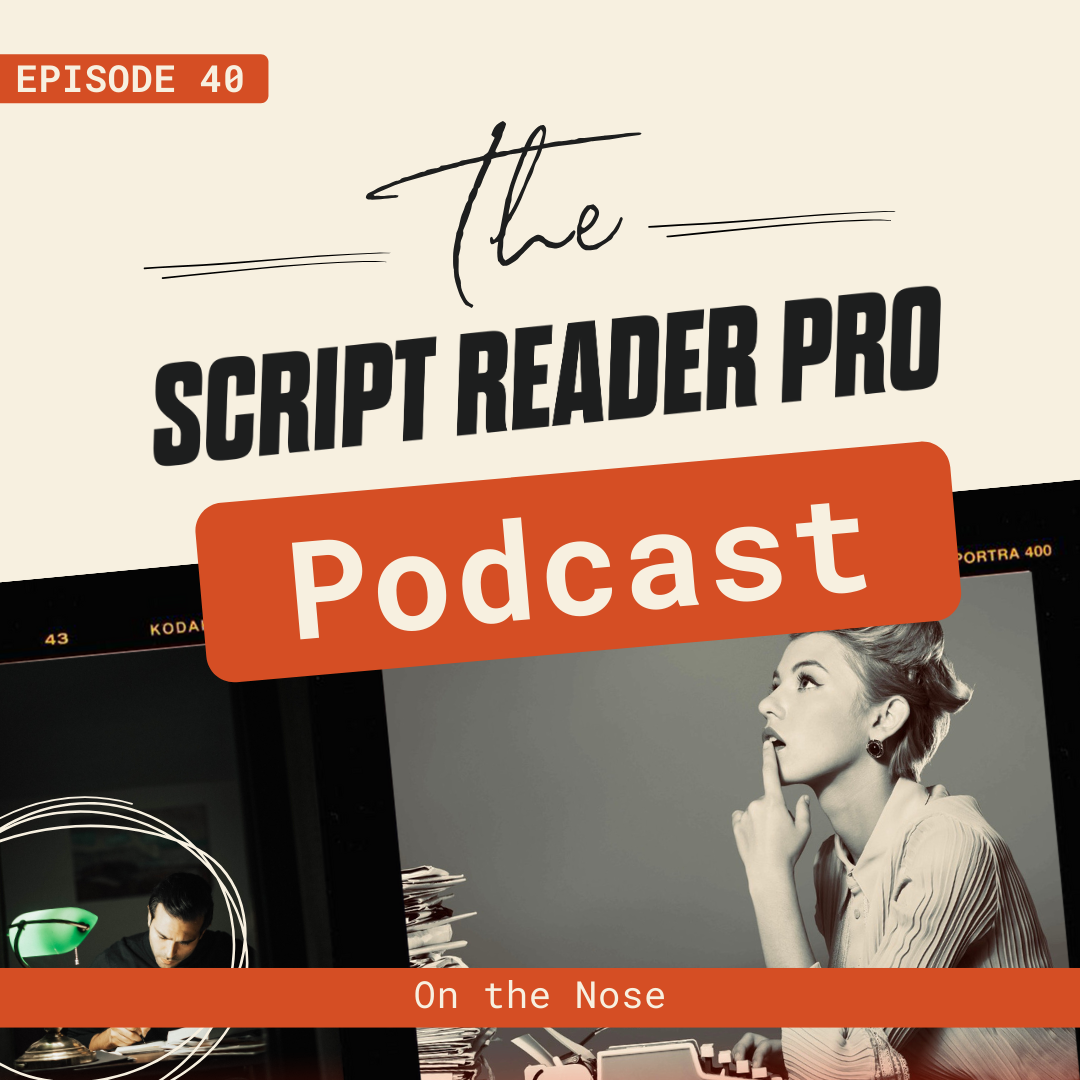You’ve heard the note before: “This feels a little on the nose.” But what does that actually mean?
In this episode of the Script Reader Pro Podcast, Scott and Desiree unpack one of the most common (and misunderstood) bits of screenwriting feedback. This episode goes way beyond dialogue, covering how on-the-nose writing can sneak into your characters, scenes, plot twists—even your story’s emotional arc.
Along the way, they reference (and roast) the Netflix movie iHostage—a prime example of what not to do—and explore how bad dubbing, forced exposition, and checklist storytelling can take a decent concept and make it feel painfully flat.
Inside this episode:
- What on-the-nose dialogue actually sounds like
- The difference between realistic and “written” conversation
- Why forced backstory, heavy exposition, and lazy plot twists don’t land
- Examples of cliché character types and how to flip them
- The danger of setups with no payoff
- Why easy endings and villain monologues fall flat
Whether you’re revising a script or want to avoid the most common screenwriting pitfalls, this episode gives you real tools to make your writing cleaner, sharper, and way more believable.
